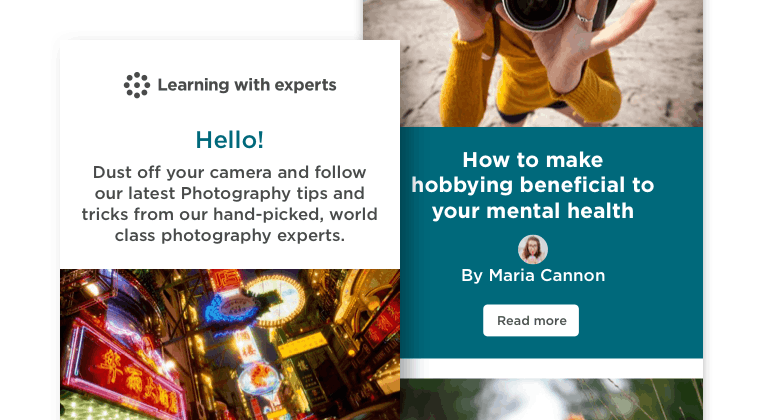ISO and Noise Power Secrets
By Geoff Harris •
4 Tips To Make the Most of ISO

One of the biggest advantages of digital cameras is the ability to adjust ISO on the fly. Back in the days of film, you couldn't change film speed halfway through a shoot without completely replacing the film. Digital ISO, by which we mean a camera's sensitivity to light, can now be cranked right up to enable low light shooting, but there are other real benefits too. Read on for some essential tips.
1) Make the most of ISO

A lot of photographers don't like to boost ISO beyond about 1600 as they are worried about noise, by which they mean unwanted grain and colour distortion appearing on the images. Certainly, a very noisy shot is not nice, but remember the old adage – better a noisy shot than an unsharp shot, or nothing at all. A big advantage of raising ISO is that it gives you faster shutter speeds, and this can make all the difference to whether or not you get a usable shot. It's easier to remove noise from an otherwise sharp shot than it is sharpen a soft, relatively noise-free one.
2) Modern cameras are more powerful than you think
Relating to point one, while older digital cameras did tend to be quite noisy, modern SLRs are much more effective at keeping noise down, even at quite high ISOs. So don't get into the habit of NEVER going above 1600 or 3200 – the noise might not be as bad as you think, and any noise that is there tends to be relatively easy to remove with modern software such as Lightroom (particularly if you shoot raw). Higher ISOs come in particularly useful at concerts, where you have to deal with changing light and fast moving action, but can't use flash.
3) Set noise reduction on long exposures

Many modern cameras now offer noise reduction features for when you are taking long exposures (a cityscape at night for example) so make sure you turn this on. Noise can really crop up during slow shutter speeds or in poor light, so you need to give yourself every advantage. Remember also that fixing a very underexposed image will generate noise, so watch out for this when you adjusting exposure settings while shooting.
4) Take control of auto ISO
While it's true that relying on your camera's automatic settings can sometimes limit your photography, auto ISO can actually be very useful when you are working in changing light and time is tight. There are times the camera WILL be smarter than you. If you are worried about noise creeping in at higher ISOs, you can usually restrict the upper limit, telling your camera not to ever go above ISO 3200 in auto mode, for instance. Check your manual for details.
5) Stick to native modes

More and more makers are now offering very wide ISO ranges, often with expanded modes that can reach astronomical numbers. While it's good to have these options, it's best to try and stick within the native ISO range if you can. If you are shooting in very low light, try using a fast, prime lens with a very wide maximum aperture (below f/2.8) rather than relying on very high ISOs on a slower lens. You will get much crisper, cleaner shots.
Further Study
Introduction to Wildlife Photography 4 week online photography course with Heather Angel
Stay updated
Receive free updates by email including special offers and new courses.


